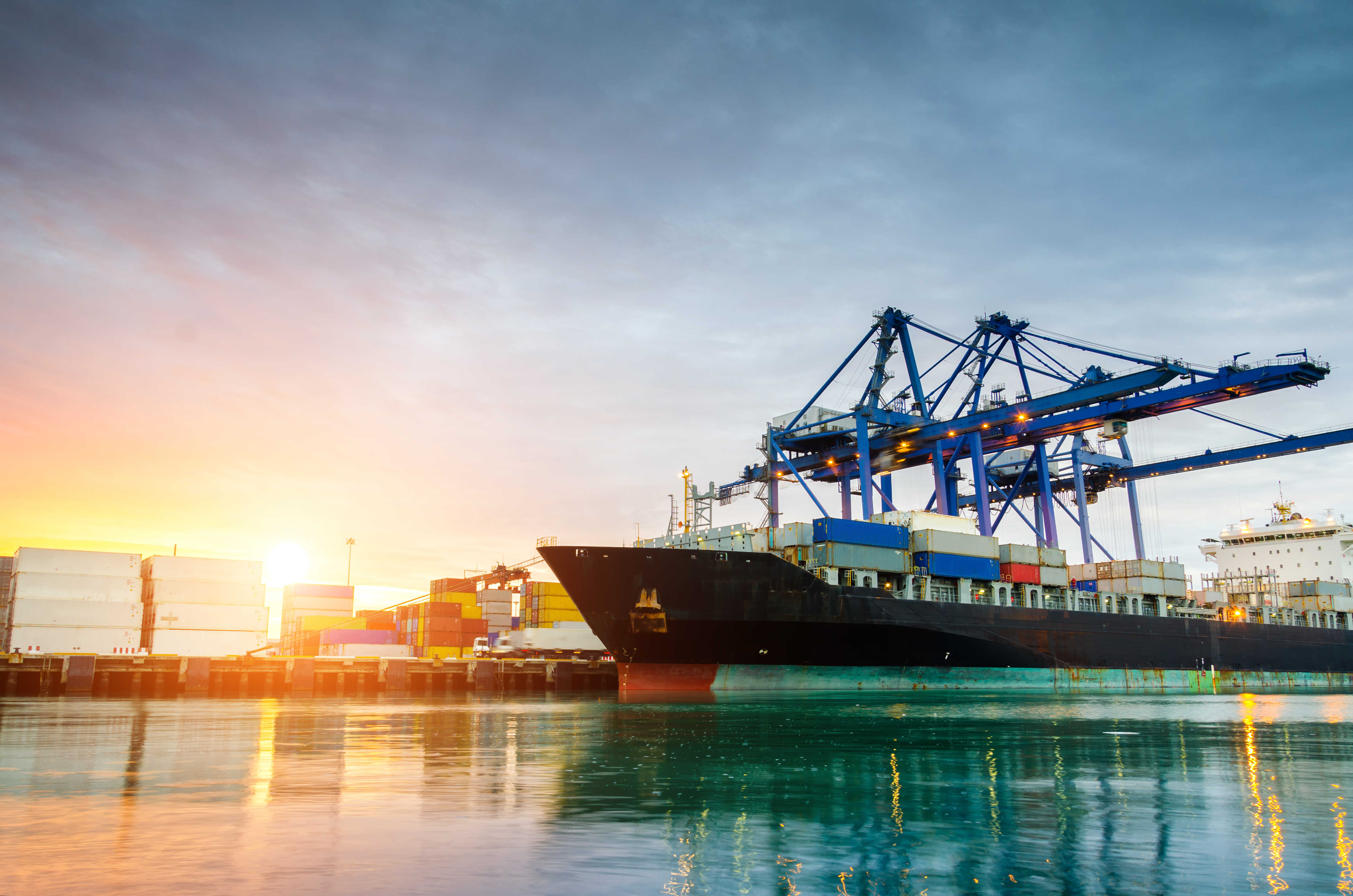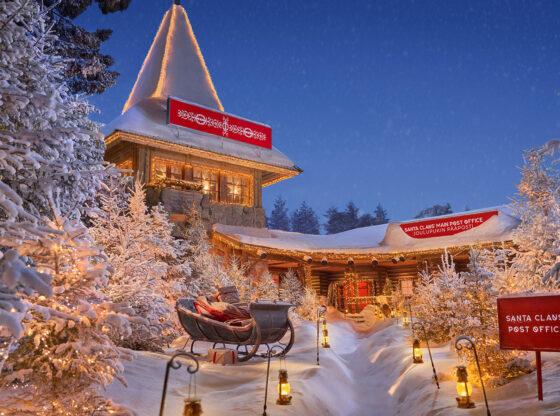![]()
If you’ve been hanging around these parts the past couple of years, you’ve no doubt heard the phrase “Eastern Economic Corridor”, or EEC.
It’s the acronym for the Thai Government’s master economic and infrastructure plan over the next two decades or so.
As plans go, it is pretty impressive with airport expansions, deep sea ports, high-speed trains and thousands of kilometres of new highways.
The idea is to super-charge Thailand’s economic engine located within the corridor that starts in Bangkok and ends down the eastern seaboard at Rayong. It’s ambitious, dynamic and well underway already.
The good news is, our favorite little fishing-village-come-seaside-resort sits right in the middle of it.
What can we as interested observers, residents and investors expect?
Here are some facts and predictions.
First, let’s delineate the major parts of the EEC plan.
We have two deep-sea port expansions, a high-speed rail project and the expansion of the area,s third international airport.
Two By Sea
The EEC boasts two deep sea ports, Laem Chabang just north of Pattaya and Map Ta Phut in Rayong.
Unless you have been intimately involved in the import/export business, you may give that fact a big shrug.
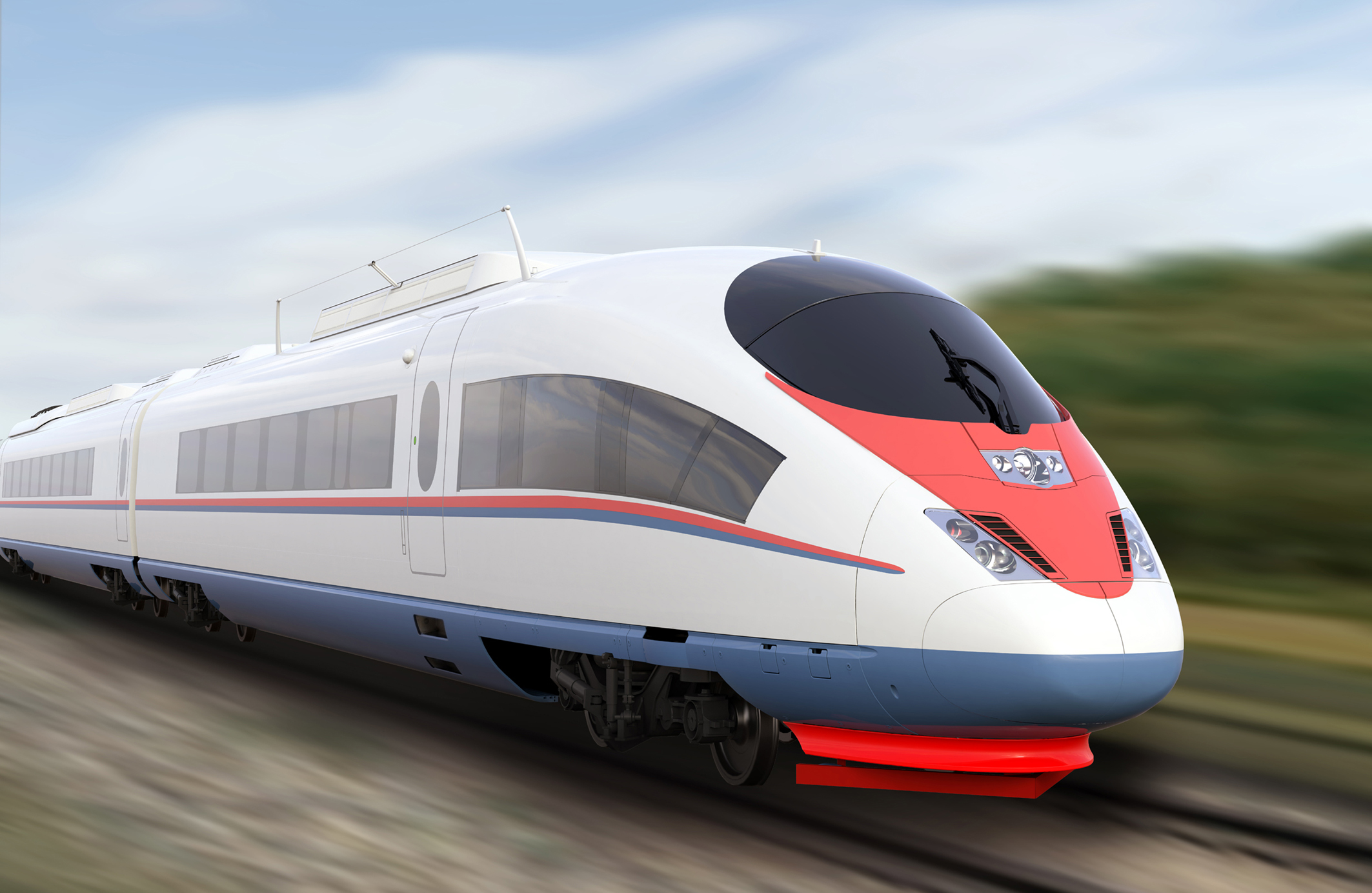
But here’s why it’s important:
Laem Chabang is already a serious import/export gateway.
More than seven million containers and two million cars are transported through Laem Chabang annually.
With these kinds of numbers, Laem Chabang ranks around number 20 in the world, comparable to Los Angeles in the US and Hamburg in Germany.
The expansion plan for Phase III of the port will make it a more flexible player to handle the demands of international sea freight and transportation industries.
This expansion will include a single rail transfer operator (SRTO) connecting to harbour-external transport systems. Besides solving current traffic issues and bottlenecks, it will serve to increase the number of vessels the port can serve.
The plan’s objective is to increase the throughput from 7.7 million containers per year to 18.1 million, a volume that would have it challenging major ports like Busan, Korea, and even mega-port Hong Kong.
The plan should also increase the number of cars shipped via Laem Chabang to three million per year. It is quite possible the port at Laem Chabang would be the busiest on this half of the planet.
The anticipated completion date for this project is 2025 at the latest.
Additionally, Laem Chabang’s sister facility down the coast in Rayong, Map Ta Phut Industrial Port, will also get a much needed infusion of funds and upgrades.
Currently, Map Ta Phut runs at maximum capacity and ships about 43 million tons of oil, gas, coal and chemicals per year.
Expansion plans would increase the port’s ability to accept 19 million additional tons of cargo (petrochemical and natural gas) within 20 years.
Ultimately, Pattaya will be sandwiched between two of the most powerful deep-sea ports in this hemisphere, with rail lines and new highways linking them.
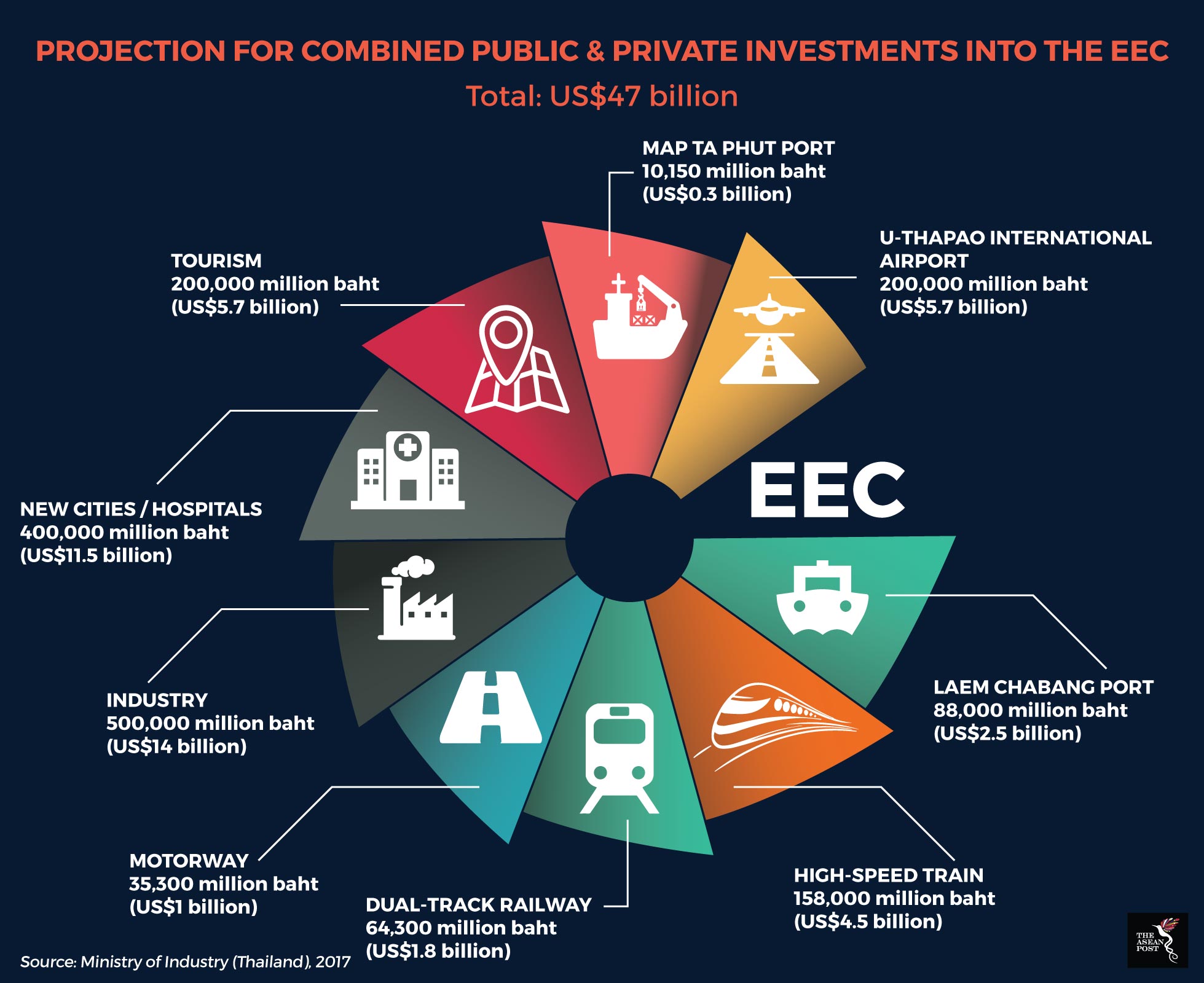
(See my article titled “Infrastructure Sandwich”, REm January, 2018).
On the rails
Many times the mention of the words “high speed rail” will be elicit a rolling of eyes and a big bag of skepticism from locals and expats.
To be sure, the myriad of plans and space-age drawings may seem like pie-in-the-sky, but rest assured, an inter-city high-speed rail system is on the way.
Here’s what it will be like:
Trains will link three major airports:
Don Muang and Suvarnabhumi in Bangkok and U-Tapao between Pattaya and Rayong.
These expansions will largely make use of existing routes from the State Railway of Thailand and in total comprise 220km of seamless railway routes.
Urban line within Bangkok will see slower speeds of 160 km/hr (Don Muang Station to Suvarnabhumi Station) while inter-city lines will reach maximum speeds of 250 km/hr (Suvarnabhumi Station to U-Tapao Station).
This system comprises nine high-speed stations, namely, Don Muang, Bang Sue, Makkasan, Suvarnabhumi, Chachoengsao, Chonburi, Sriracha, Pattaya, and U-Tapao.
Think of what this will mean for the average citizen within the corridor.
A person could literally live in Pattaya and work in Bangkok, or Rayong, or Sriracha.
Think of what this could mean to commerce with the entire region linked. And for us Pattayans, think about what it could mean for tourism, both foreign and domestic.
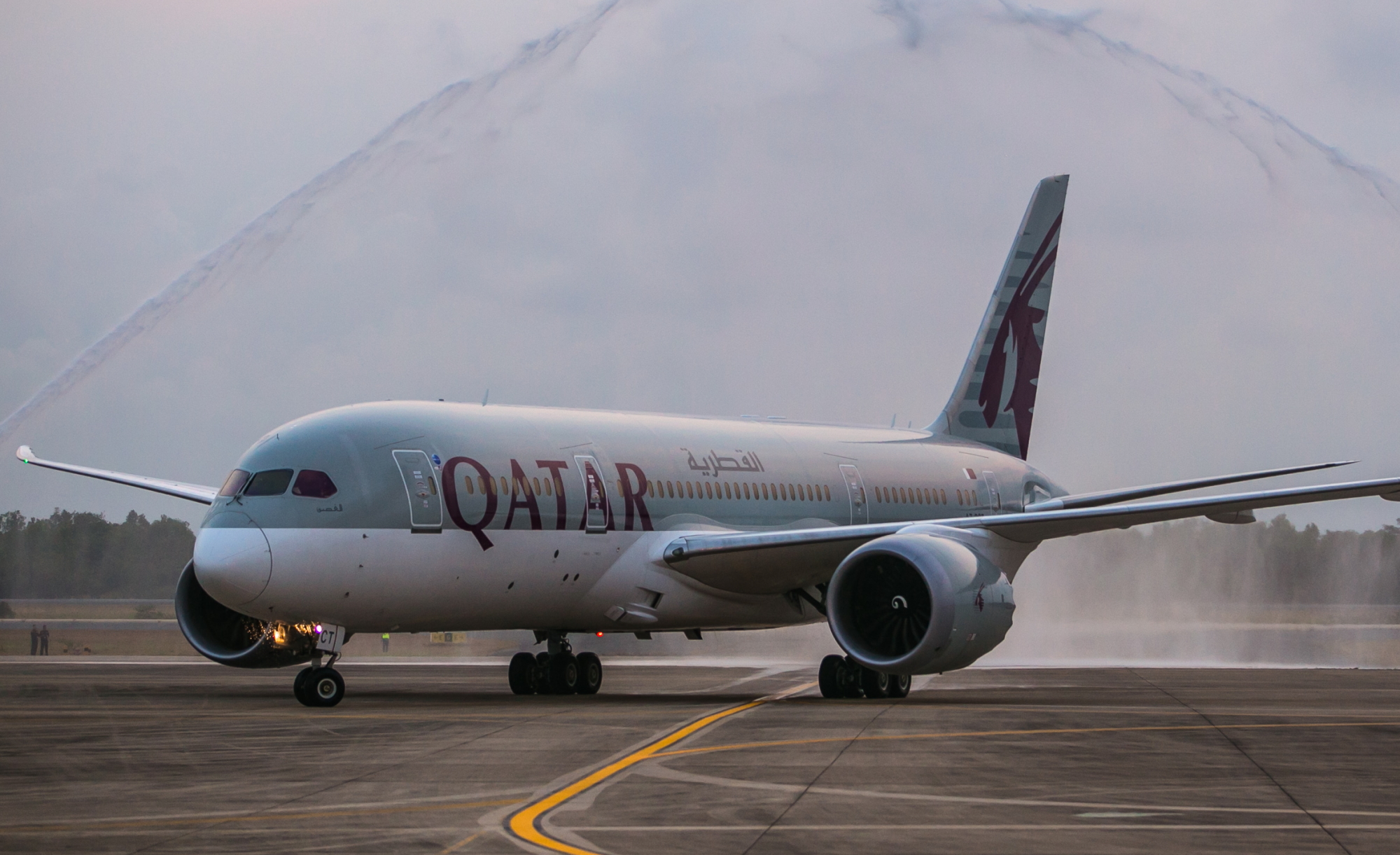
Getting some air
Airports are the fuel that turn wasteland into cities.
Did you ever notice how many cities have new airports that start out on the edge of town and then end up being in the middle of a burgeoning city?
That’s probably what we should expect with U-Tapao.
Right now, U-Tapao Airport in Rayong province is operating international flights with one big runway whose maximum capacity is about 20 million passenger per year, but with only one passenger terminal, it can just support 700,000 passengers, domestic and international, per year.
Expansion to a second terminal is already underway which should boost capacity to three million.
Future EEC expansion plans will include a third passenger terminal, a second runway, an aviation training centre, expansion of the maintenance and repair operation facilities, a free trade zone, an expansion of Phase I air cargo facilities and the building of a Phase II air cargo facility.
So you see, the plan isn’t merely to stretch what’s facilities are there to meet tourism demands; it goes way beyond that. U-Tapao International Airport is going to be a full-blown air hub that will no doubt cause a shiny new city to sprout up around it.

Hope you like sausage
So, back to the title and original question posed here … “What will the EEC mean for Pattaya?”
Imagine the EEC like a big sausage that bends down the Eastern seaboard from Bangkok to Rayong.
Year after year, it will just keep getting stuffed with more goodies like infrastructure, housing, jobs and investment.
It just keeps getting fatter and juicier.
One day we’ll look up and realise that what we have is a legitimate “megapolis” with a population of 20 million or more.
Bangkok will still be the CBD and financial hub, the area around U-Tapao and Rayong will be the new and modern upstart with similar booms in places like Chachaengsao and Sriracha.
And there will be good old Pattaya right in the middle drawing energy from all sides. An established seaside resort teeming with recreation and nightlife. A bedroom community housing thousands of middle class families.
A multi-faceted metropolis strategically located on the way to everywhere and a destination in its own right.
Pattaya … the fat part of the sausage.
For some reason it just seems to fit.
By Bart Walters


